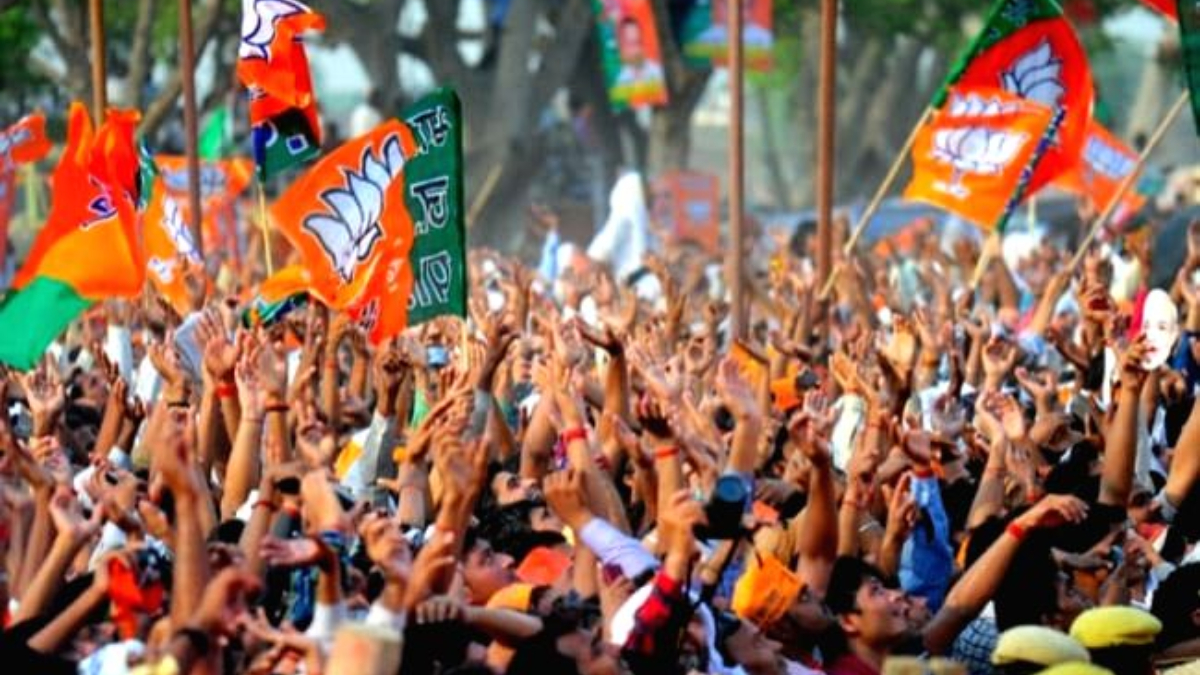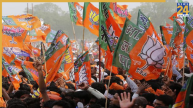The 18th Lok Sabha, the lower house of India’s Parliament, is set to have a diverse representation with members from 41 different political parties. According to recent reports, the Bharatiya Janata Party (BJP) and the Indian National Congress alone contribute a bunch of the total members.
With a staggering 339 members between them, the BJP and Congress continue to hold significant swing in Indian politics. The BJP, which secured a victory in the 2019 general elections, maintains its dominance with a notable number of seats in the Lok Sabha. On the other hand, the Congress, although experiencing setbacks in recent years, retains a considerable presence with its members in the Parliament.
This diverse composition of political parties in the Lok Sabha underscores the pluralistic nature of Indian democracy. It reflects the multiplicity of voices and interests that shape legislative debates and policymaking processes.
While the BJP and Congress lead the pack, several other parties contribute to the Lok Sabha. From regional players to smaller parties, each brings their own perspective and priorities to the table, enriching the democratic discourse in the country.
Also Read: Just 6 Lakh Votes Could Have Given BJP A Majority On Its Own, Know How
The presence of MPs from 41 different parties also highlights the importance of coalition politics in India. With no single party able to secure an absolute majority on its own, alliances and coalitions often play a crucial role in forming governments and driving legislative agendas.
The diversity of political representation in the Lok Sabha show the complex political landscape of India. With a vast and varied population,
Also Read: Political Turmoil In Maharashtra: 18-19 MLAs Poised To Change Parties, Will The NDA Government Fail?













